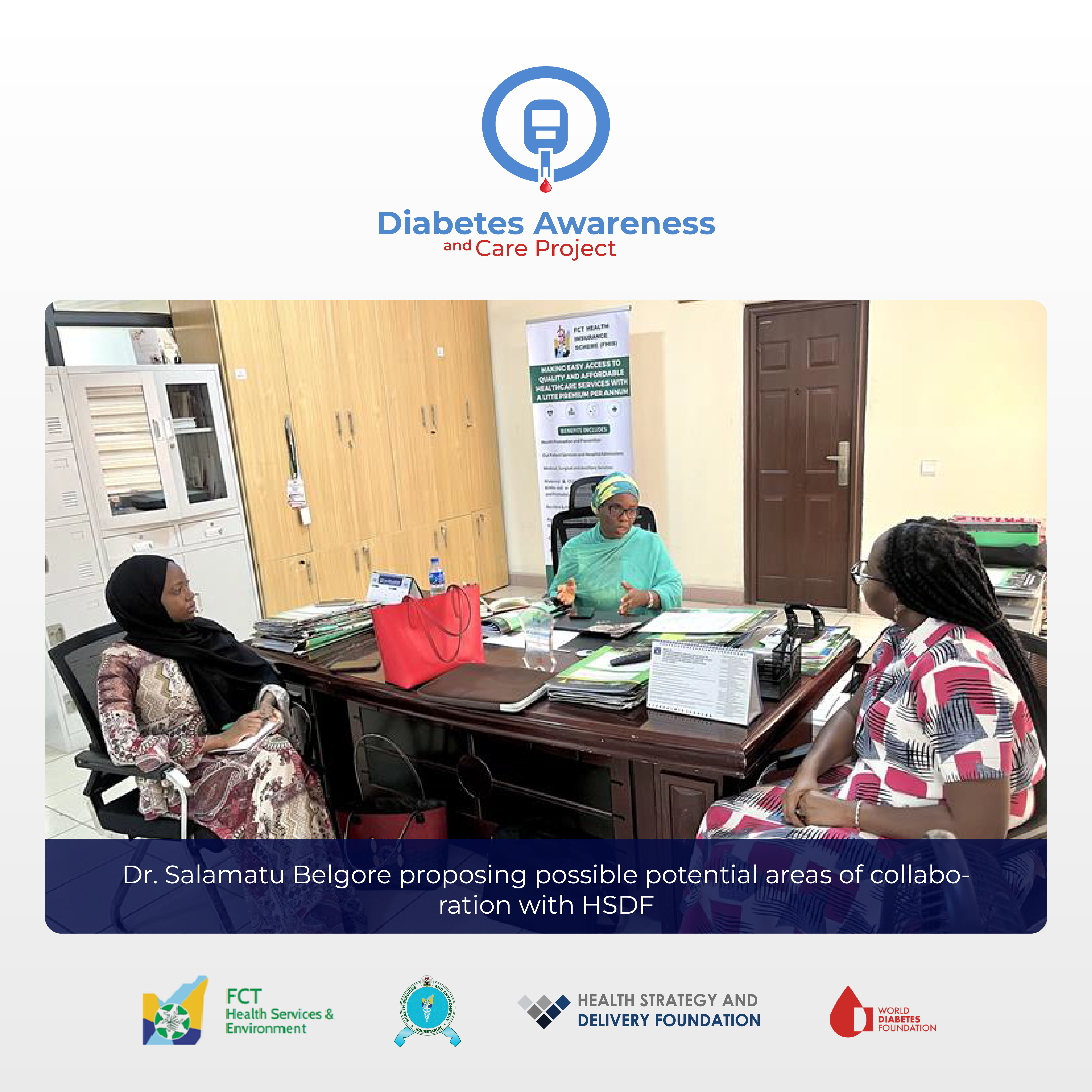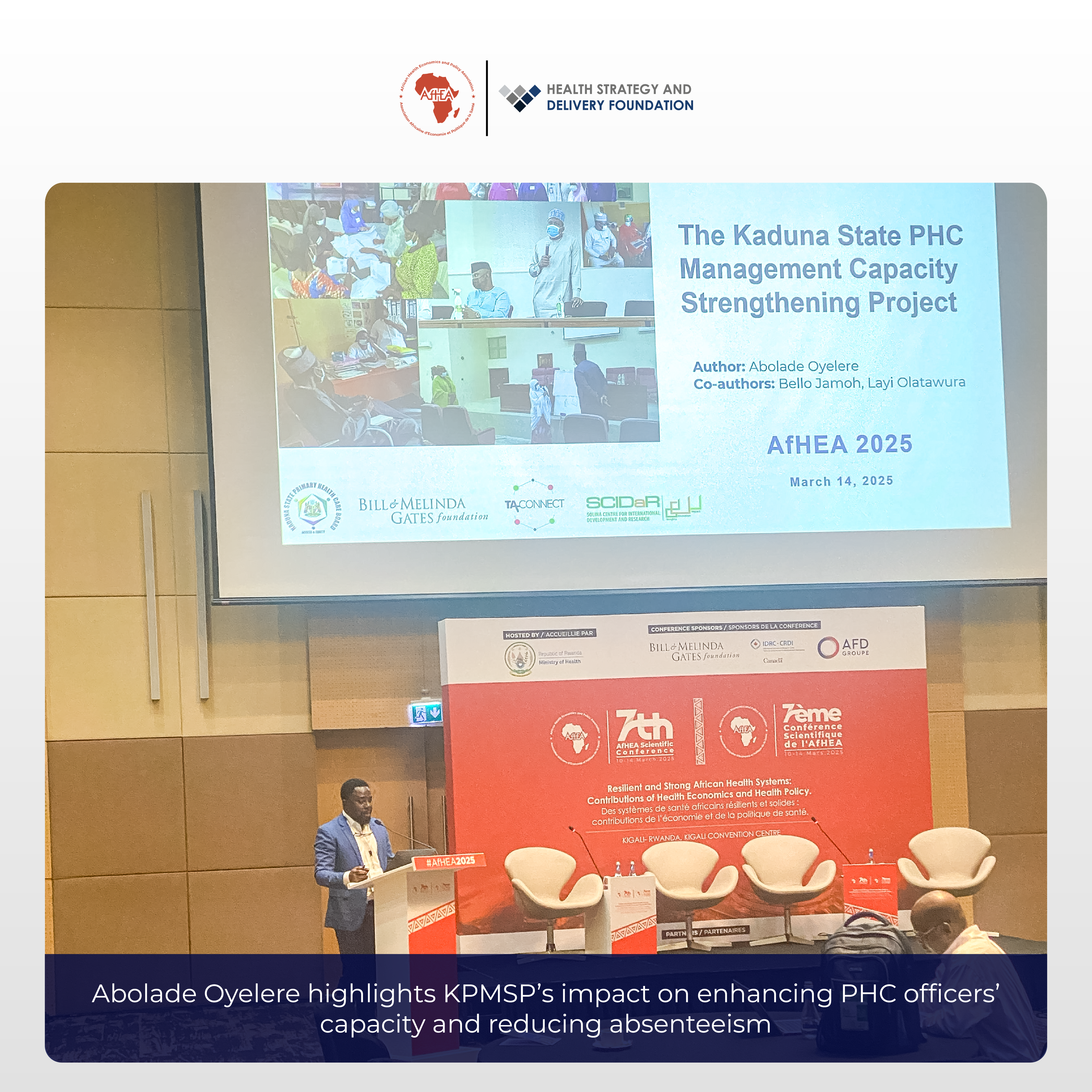Malaria in Nigeria: Consolidating Investments to Sustain Current Efforts in Malaria Control
Written by Ndukwe Kalu
Today, we celebrate the world malaria day. It is obvious that malaria control has intensified globally in the last decade. Targets have been set by the World Health Assembly (WHA); the Roll Back Malaria (RBM) partnership and the Millennium Development Goals (MDGs).These targets aim for the short-term goal of reducing the burden of malaria until it is no longer a public-health problem, and the long-term goal of reducing the global incidence to zero by progressively eliminating the disease in endemic countries. Consequently, international funding for intervention scale up has risen steeply in the past decade. Goals are becoming more ambitious as countries record reductions in the incidence of malaria in the last ten years.
In spite of the progress made thus far, Africa still bears the enormity of the global burden of the disease. Global estimates of the burden of malaria indicate that 207 million cases and 627 thousand malaria deaths occurred worldwide in 2012. Over 80% of this burden is attributed to Africa alone, with Nigeria contributing more than a quarter of the continental burden.
The causal Plasmodium parasite is transmitted by Anopheles mosquitoes, with over 70 Anopheles species acting as efficient vectors globally, and 12 species reported in Nigeria. Significant improvements in malaria control have been achieved in the past decade, mostly through the distribution of Long-Lasting Insecticide-treated Nets (LLINs) and use of Indoor Residual Spraying with insecticides (IRS). These interventions reduce mosquito abundance, vector–human contact and transmission by directly killing adult females, reducing their life expectancy (crucial for completion of parasite development within the vector), and exerting a repellent effect. Despite efforts aimed at reducing transmission and increasing treatment with Artemisinin Combination Therapies (ACTs) upon proper diagnosis and confirmation with Rapid Diagnostic Test kits (RDT) and/or microscopy, there has been little change in the reduction of malaria cases in many at-risk areas of Nigeria.
Malaria distribution in Nigeria is geographically heterogeneous and can vary greatly across states. This heterogeneity reflects variability in vector distribution (influenced by climatic and environmental variables), human-vector contact (influenced by behavioral and occupational factors), and human host-related factors (influenced by population movement, socioeconomic status, and education) among others. Identified risk factors for malaria include distance to known mosquito breeding sites, type of household construction, household occupancy, and use of personal protection measures against mosquito biting. Additionally, these factors are influenced by differences in environmental landscape, climatic variables, and socio-economic status. Transmission is unstable in different states of the country and the risk of the disease tends to be similar across all age groups.
Understanding the influence of these factors, in addition to the impact of anti-vectorial interventions, on the distribution of malaria in Nigeria has been hindered by a lack of detailed data, as studies have not been performed which take account of both environmental and socio-economic factors, or quantify the distribution, magnitude, or uptake of interventions.
A review of available evaluation studies on malaria interventions shows that the link between intervention scale-up and decreasing trends in malaria incidence and deaths in Nigeria remains unclear. This lack of clarity between intervention scale-up and decreasing malaria cases underscores the need for the ‘Saving One Million Lives’ (SOML) an initiative that aims to track the impact and performance of health interventions in Nigeria by counting the number of lives saved using innovative approaches (one of which is what we call the LiST model).
Prior to the inception of the Saving One Million Lives in Nigeria initiative, the focus has been on measuring inputs like- number of LLINs distributed, capacity-building activities carried out at various levels, number of new health facilities, number of antimalarial medicines procured, and so on. Whilst the importance of the deployment of these interventions cannot be over-emphasized, tracking progress in malaria control in Nigeria will not only help in better management of our resources to sustain the current efforts. However, it will provide the needed direction towards elimination which is the desired target for Nigeria by fostering political commitment, strengthened co-operation, and the engagement of a number of sectors outside health including finance, education, defense, environment, mining, industry, and tourism.
Recent News
Grants and Business Development Specialist
We are seeking a highly motivated and experienced Grants and Business Development Specialist to join our organization. The successful candidate will be responsible for identifying funding opportunities, developing grant proposals, and fostering partnerships with potential donors and stakeholders (regional and global). This role plays a vital part in securing funds and resources to support our organization’s mission and projects.
Apply NowPublic Health Consultant, Guinea
The consultant (working with the Accelerator team) will collect results from the tool, organize a meeting with stakeholders to discuss results from the tool, and produce a report on key findings and recommendations from the tool to be shared publicly.
Apply NowPublic Health Associate, Senegal
We are currently in search of an experienced Public Health professional in Senegal to work on the anticipated Nutrition Capacity Development and Financing Platform and provide technical assistance to elevate nutrition financing and strengthen local capacity to support these efforts. The Associate must be bilingual (English and French).
Apply Now


